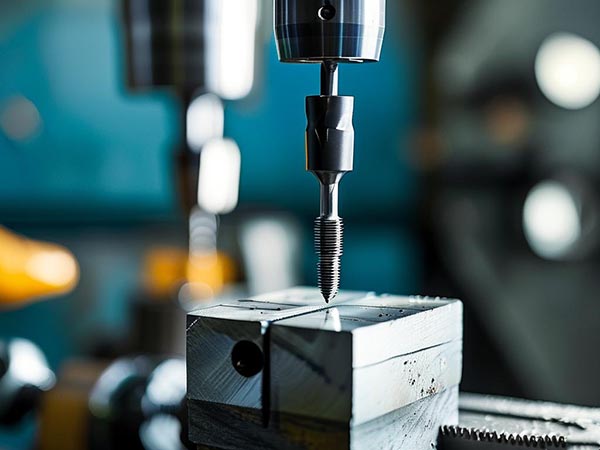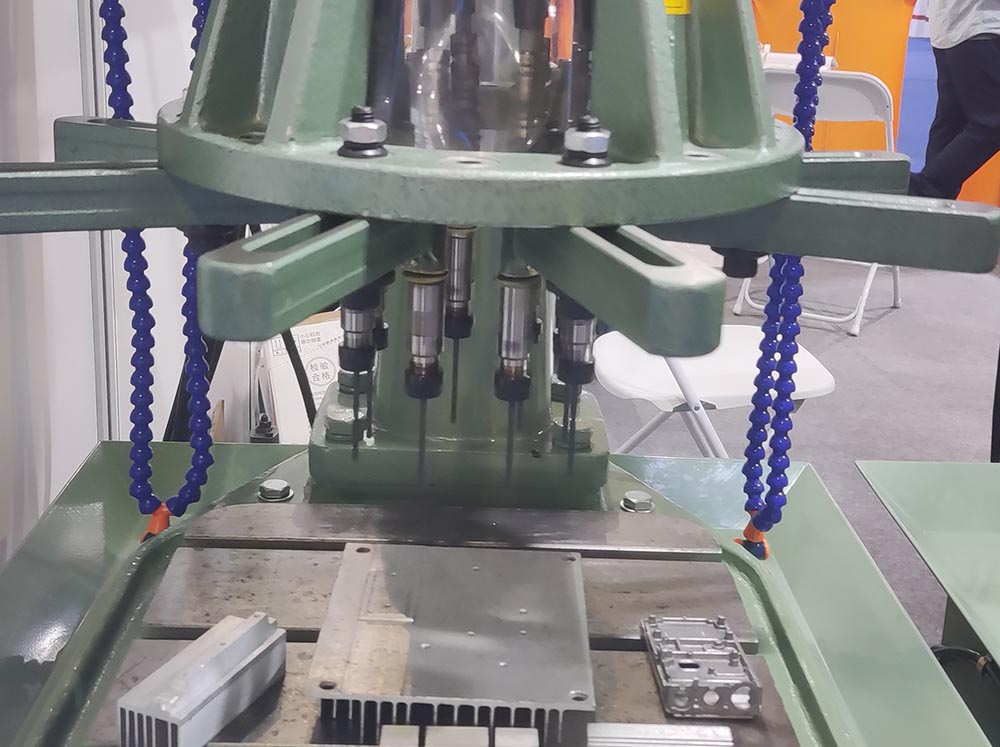
How Workpiece Clamping Methods Reduce Tool Vibration
In precision machining, abnormal tool vibration acts like a silent killer—causing surface roughness, dimensional deviation, and severe tool damage such as breakage or chipping. One overseas customer lost an entire order due to burrs on threaded holes in an aluminum housing, which were ultimately traced back to minor radial runout in a spring collet that triggered harmonic vibration in the tap. Research shows that, under identical cutting parameters, optimizing the clamping system can reduce the variance in carbide tool life from ±40% to ±10%. Drawing from a decade of factory inspection data and over 200 international customer cases, this article systematically analyzes the mechanical essence of workholding and unveils vibration control logic—from shop floor practices to advanced technologies—to provide proven solutions for diverse machining scenarios.

| Clamping Type | Suitable Tooling | Anti-Vibration Tips | Maintenance Notes |
|---|---|---|---|
| Spring Collet | Drills / Small End Mills | Clean taper bore weekly | Replace collets periodically |
| 3-Jaw Chuck | Large-Diameter Tools | Use copper shim to reduce runout | Inspect jaw teeth for wear |
| Dedicated Holders | Taps / Precision Cutters | Use anti-rotation stop pins | Avoid impact or mishandling |
| Flange Plate | Heavy Face Mills | Evenly tighten bolts diagonally | Check flatness regularly |
| Workpiece Material | Recommended Holder | Tool Optimization | Key Parameter Adjustment |
|---|---|---|---|
| Stainless Steel | Hydro Expansion Holder | Increase drill helix angle | Reduce spindle speed by 15% |
| Cast Iron | Heavy-Duty 3-Jaw Chuck | Coated carbide inserts | Increase feed rate by 20% |
| Titanium Alloy | Shrink Fit + Damping Ring | Variable pitch end mill | Radial depth ≤ 0.3 mm |
| Aluminum Alloy | ER Spring Collet | Multi-flute finish end mill | Use mist cooling instead of flooding |
Controlling tool vibration is fundamentally a system-wide optimization of energy transfer—from microscopic contact between tool and holder to the macroscopic rigidity match among machine, tool, and workpiece. Practical evidence shows that reducing radial runout by just 0.01 mm can improve deep-hole drilling efficiency of carbide tools by 15%. For challenging materials like titanium, combining shrink fit holders with damping rings boosts cutting efficiency by up to 22%. As smart sensing technologies become more prevalent, real-time vibration monitoring is moving from R&D labs to shop floors. In the future, clamping systems will no longer be mere mechanical interfaces but strategic data hubs for process optimization. Manufacturers who master these principles will gain a decisive edge in balancing quality and cost.

 We like to do design according to all the customers' requirements, or offer them our new designs. With strong OEM/ODM capabilities, we can fill your sourcing demands.
We like to do design according to all the customers' requirements, or offer them our new designs. With strong OEM/ODM capabilities, we can fill your sourcing demands.